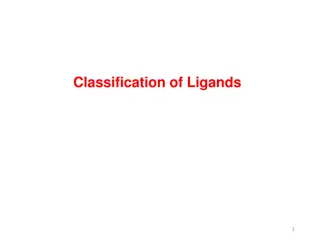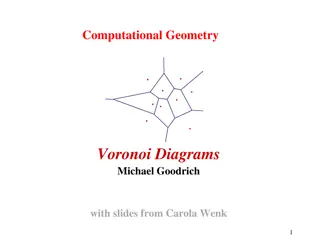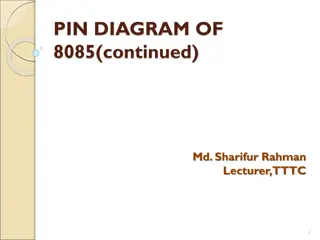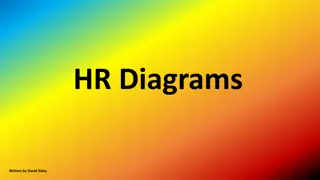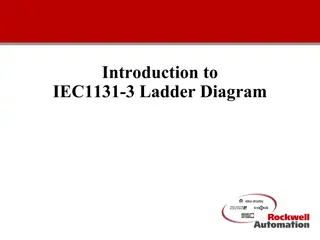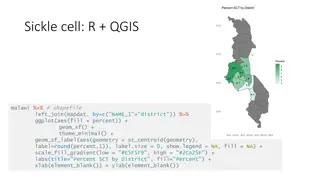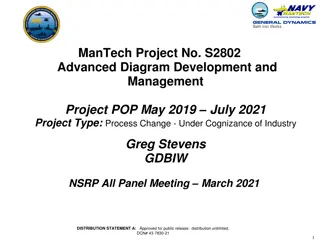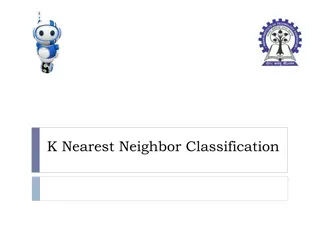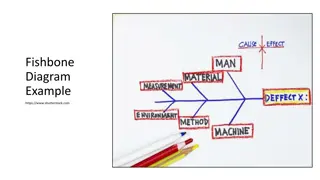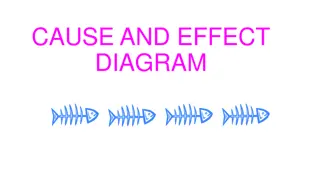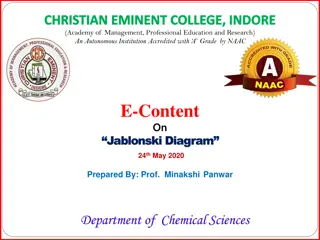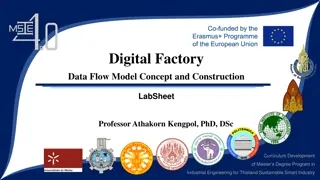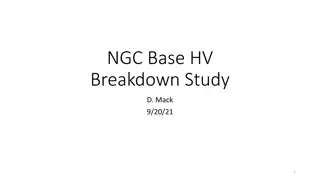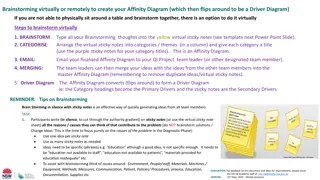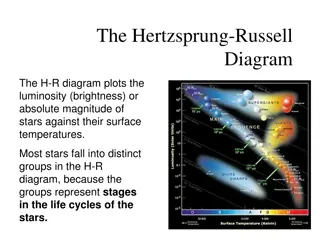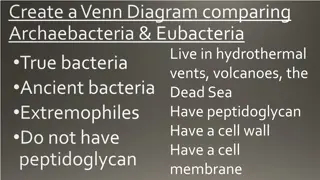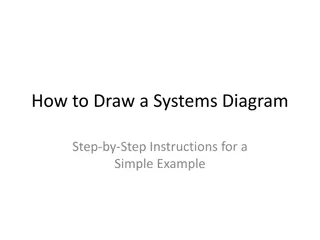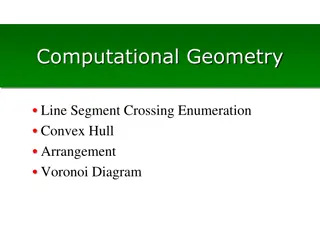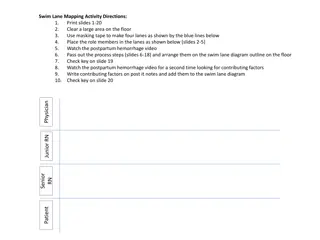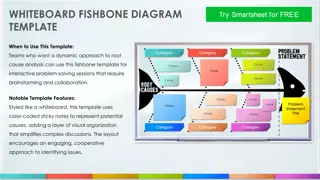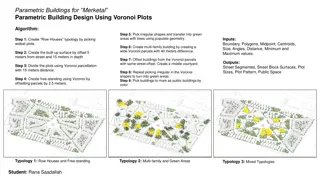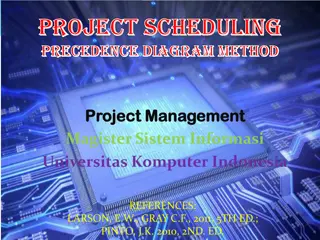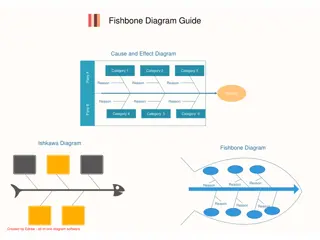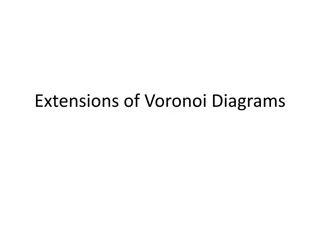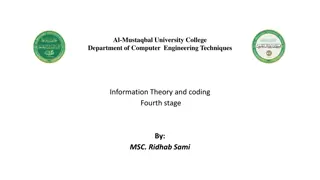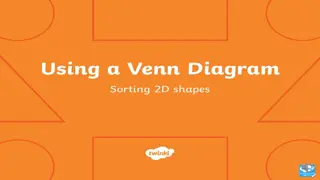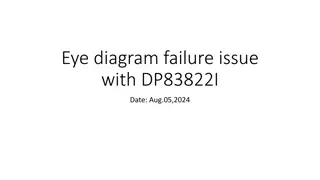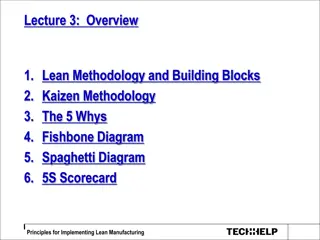SN65DSI85-Q1 Layout Review
In-depth analysis and review of the layout design for the 2026 Nissan CDC Headunit utilizing the SN65DSI85-Q1 system. The review includes detailed information on various layers such as Layer1 to Layer10, the schematic representation, and the block diagram outlining the PMIC Cluster ASIL-B setup. Key
0 views • 13 slides
Ligands and Metal Carbonyl Complexes: A Comprehensive Overview
Explore the classification of ligands in metal complexes, including alkyl, aryl, and carbonyl ligands. Learn about the unique properties of carbonyl ligands, their preparation methods, and the molecular orbital diagram illustrating CO-metal bonding interactions.
5 views • 35 slides
Designing a 5V DC Power Supply Using IC 7805: Step-by-Step Guide
Design a 5V DC power supply using IC 7805 by selecting a regulator IC, transformer, diodes for the bridge, smoothing capacitor, and ensuring safety. The circuit includes an input transformer, rectifier circuit, filter, and regulator. Understand the importance of each component in the design process
5 views • 20 slides
Computational Geometry.
Voronoi diagrams, a key concept in computational geometry, involve partitioning a space based on points sites. They have diverse applications like nearest neighbor queries and facility location. The diagrams consist of Voronoi cells, edges, and vertices, forming a connected graph. Properties include
0 views • 19 slides
Comprehensive Guide to 8085 Microprocessor Interrupts and Pin Diagram
Explore the PIN diagram of the 8085 microprocessor, understand interrupts, including hardware interrupts like TRAP, RST, INTR, and the classification of interrupts such as maskable, non-maskable, vectored, and more. Learn about the sequence of steps during interrupts and their significance in microp
12 views • 31 slides
Understanding HR Diagrams in Astronomy
HR diagrams, named after astronomers Hertzsprung and Russell, depict stars' properties and relationships. The main sequence in the diagram shows where stars lie while fusing hydrogen to helium in their core. Learn about different types of stars and their positions on the diagram. Explore the signifi
0 views • 27 slides
Comprehensive Guide to Electric Circuits and Circuit Diagram Interpretation
Explore the fundamentals of electric circuits, circuit components, and diagram interpretation. Learn about series and parallel circuits, resistors, sources, switches, transducers, and more. Discover how to calculate resistance, current, and potential difference in circuits. Gain insights into diodes
2 views • 76 slides
Comprehensive Guide to IEC1131-3 Ladder Diagram Programming
The origins of ladder diagram programming trace back to the graphical representation of electrical control systems, evolving from relay logic to logic circuits and finally incorporating CPUs for control decisions. A ladder diagram consists of rungs containing input and output instructions, executing
0 views • 21 slides
Geographic Data Visualization in R and QGIS for Malawi Health Analysis
Utilizing R and QGIS, this project focuses on visualizing sickle cell and HIV percentages by district in Malawi, mapping health facility locations, creating Voronoi polygons, and displaying malaria cumulative incidence data. Various geographic data visualization techniques are applied to provide ins
0 views • 8 slides
Advanced Diagram Development and Management Project Summary
The Advanced Diagram Development and Management project aims to integrate a software architecture for inputting data and automating the process of developing and managing functional diagrams in naval shipbuilding. The project goals include reducing labor costs, minimizing errors on drawings, and enh
1 views • 28 slides
Understanding Nearest Neighbor Classifiers in Machine Learning
Nearest Neighbor Classifiers are a fundamental concept in machine learning, including k-Nearest Neighbor (k-NN) Classification. This method involves assigning a test sample the majority category label of its k nearest training samples. The rule is to find the k-nearest neighbors of a record based on
0 views • 32 slides
Understanding Scatter Diagram Method for Correlation Analysis
Scatter Diagram Method is a simple and effective way to study the correlation between two variables. By plotting data points on a graph, it helps determine the degree of correlation between the variables. Perfect positive and negative correlations, as well as high and low degrees of correlation, can
0 views • 11 slides
Examples of Fishbone, Mind Map, and Concept Map Diagrams
Visual examples of Fishbone Diagrams, Mind Maps, and Concept Maps are provided in the content. Each diagram is showcased with detailed descriptions and image URLs. Explore these examples to enhance your understanding of these diagram types.
0 views • 6 slides
Understanding Fishbone Diagrams: A Visual Problem-Solving Tool
Learn about the Fishbone Diagram, also known as the Cause and Effect Diagram, its purpose, construction, and how it helps in identifying and analyzing the root causes of a problem through a structured approach. This visual tool aids in brainstorming ideas, categorizing causes, and understanding the
0 views • 14 slides
Exploring Jablonski Diagram and Smart Teaching Tools at Christian Eminent College
Delve into the world of Jablonski Diagram through a comprehensive e-content prepared by Prof. Minakshi Panwar at Christian Eminent College, Indore. Understand energy states, spin, and spin multiplicity in molecules. Discover the concepts of absorbance, non-radiative transitions, and the conversion o
0 views • 11 slides
Data Flow Diagram: Introduction and Construction in Industrial Engineering
This content explores the concept of Data Flow Diagrams (DFD) in the context of creating a Master's Degree Program in Industrial Engineering for Thailand's smart industry. It discusses the benefits of DFD, techniques for diagram decomposition, and the formalization of DFD rules for consistency check
0 views • 10 slides
Analysis of NGC Base HV Breakdown Study and Voltage Divider Diagram
The NGC Base HV breakdown study identifies potential workmanship issues affecting sparking in a 60% Neon-40% Argon atmosphere near +2000V. Recommendations include checking and redoing signal and ground attachments, along with hi-potting HV cables to 3000V. Switching to 60% Neon/40% Argon prompts a c
1 views • 14 slides
Virtual Affinity Diagram Creation for Remote Collaboration
When physical brainstorming sessions are not possible, teams can utilize virtual tools to create an Affinity Diagram remotely. Participants can brainstorm ideas on virtual sticky notes, categorize them, email the finalized diagram to team leaders, and then merge ideas into a Driver Diagram. This pro
0 views • 4 slides
Cloud-based Geospatial Query Processing Using MapReduce and Voronoi Diagrams
This research paper presents a cloud-based approach for processing geospatial queries efficiently using MapReduce and Voronoi diagrams. The motivation behind the study, related works in the field, preliminary concepts of MapReduce, Voronoi diagram creation, query types, performance evaluation, and f
0 views • 30 slides
Understanding Stars: The Hertzsprung-Russell Diagram and Stellar Properties
The Hertzsprung-Russell Diagram is a tool that plots the luminosity or absolute magnitude of stars against their surface temperatures, revealing distinct groups that represent stages in the stars' life cycles. Apparent magnitude measures how bright a star appears from Earth, while absolute magnitude
0 views • 16 slides
Comparison of Archaebacteria & Eubacteria Venn Diagram
Archaebacteria and Eubacteria are two types of bacteria with distinct characteristics. Archaebacteria are ancient bacteria that are extremophiles, living in harsh environments like hydrothermal vents and volcanoes, lacking peptidoglycan. On the other hand, Eubacteria are true bacteria with peptidogl
0 views • 60 slides
Bathymetry Trackline Fitting Techniques at ACM SIGSPATIAL GIS 2009
Tsz-Yam Lau, You Li, Zhongyi Xie, and W. Randolph Franklin presented various ship trackline fitting techniques at the ACM SIGSPATIAL GIS 2009 conference in Seattle. The study explored methods such as Inverse Distance Weighting, Kriging, Voronoi, Linear Spline, Quadratic Spline, and more for bathymet
0 views • 12 slides
How to Draw a Systems Diagram: Step-by-Step Guide for a Simple Example
Identify system components, characterize their behavior, draw linkages, and consider additional details to create a comprehensive systems diagram. Follow basic steps and a simple example of heating a room to understand the process effectively.
0 views • 9 slides
Understanding the Medial Axis in Geometry
The medial axis in geometry is a fascinating concept related to Voronoi diagrams and maximal empty disks. Explore how the medial axis is constructed, its significance in the study of polygons, and its applications in modeling and algorithms. Learn about associated exercises and different algorithms
0 views • 12 slides
Computational Geometry: Algorithms and Methods in Geometric Problem Solving
Explore the realm of computational geometry encompassing line segment crossing, convex hulls, Voronoi diagrams, and element distinctness reduction. Delve into techniques like line crossing checks, enumeration of cross points, and the sweep method, which are crucial for solving geometric problems eff
0 views • 32 slides
Postpartum Hemorrhage Simulation Activity with Swim Lane Mapping
Prepare for a postpartum hemorrhage simulation activity by printing slides, setting up a floor diagram with masking tape lanes, and arranging role members. Watch instructional videos, analyze contributing factors, and place process steps on the diagram. Follow key instructions, identify key actions
0 views • 20 slides
Interactive Fishbone Diagram Template for Collaborative Root Cause Analysis
This fishbone diagram template styled like a whiteboard is perfect for teams looking for a dynamic approach to root cause analysis. It encourages interactive problem-solving sessions through brainstorming and collaboration, featuring color-coded sticky notes for visual organization and simplifying c
0 views • 6 slides
Parametric Building Design for Merketal: Creating Unique Urban Spaces
Utilizing the Voronoi Plots Algorithm, this project focuses on designing diverse building typologies for Merketal, incorporating row houses, multi-family buildings, public spaces, and green areas. From selecting irregular shapes to transferring them into green spaces with trees, the process involves
0 views • 5 slides
Understanding the Precedence Diagram Method in Project Scheduling
The Precedence Diagram Method is a valuable tool for scheduling activities in project management. It helps in visualizing task dependencies, critical paths, and slack time, allowing for efficient project planning and execution. Through the method, one can define task attributes, determine predecesso
0 views • 14 slides
Discover Your Dream Job with the Flower Diagram
Uncover your ideal career path through the innovative Flower Diagram method. This PowerPoint project, adapted from "What Color is Your Parachute?", guides you through identifying your values, transferable skills, favorite knowledge areas, preferred working environments, desired level of responsibili
0 views • 17 slides
Comprehensive Guide to Fishbone Diagrams for Effective Problem-solving
The fishbone diagram, also known as the cause and effect diagram or Ishikawa diagram, is a powerful tool used to identify all possible causes of a problem in a business process. This guide covers the definition, history, benefits, and tips for creating fishbone diagrams, along with information on fi
0 views • 12 slides
E-R Diagram and Normalization Analysis for Online Telephone Sales System
This content provides detailed information on the creation of an information system for tracking orders in an online telephone sales company. It includes system requirements, entity identification, attribute listing, relationship identification, and normalization analysis for second and third normal
0 views • 10 slides
Exploring Extensions of Voronoi Diagrams
Delve into the intricacies of Voronoi diagrams, including the Furthest Point Voronoi Diagram, Voronoi Region Construction, and Higher Order Voronoi Diagrams. Learn about the properties and applications of these spatial partitioning techniques.
0 views • 39 slides
Class Diagram University Degrees System
The class diagram depicts the relationships between faculties, departments, degrees, courses, and students in a university system where students enroll in courses to obtain degrees administered by specific departments. The diagram illustrates the entities and their associations within a university s
0 views • 17 slides
Understanding Conditional Probability and Venn's Diagram
Delve into the concepts of conditional probability and Venn's diagram, exploring how they help analyze dependent events and logical relations between sets. Learn about calculating probabilities in scenarios like different colored pencils in a box and coin toss outcomes, illustrated with examples and
0 views • 10 slides
Understanding Venn Diagrams for Sorting Shapes
A Venn diagram, composed of overlapping circles, is a useful tool for sorting objects, numbers, or shapes. This visual aid helps in categorizing shapes based on their attributes like color, sides, and properties. Through a series of interactive examples, learn how to correctly place shapes within a
0 views • 8 slides
Create 3-Circle Venn Diagram Quiz Questions in Moodle
This template by Dave Foord facilitates the creation of 3-circle Venn diagram quiz questions in Moodle. It requires the drag and drop markers plugin. Users can benefit from this free resource, but A6 Training and Consultancy Ltd cannot be held liable for any potential issues. Instructions and a help
0 views • 4 slides
Exploring Venn Diagram Challenges in Mathematics
Delve into the world of Venn Diagram challenges in mathematics, where students engage in tasks that involve filling regions with numbers based on specified criteria. Discover the versatility and educational value of these activities while honing your analytical and problem-solving skills.
0 views • 15 slides
Troubleshooting Eye Diagram Failure Issue with DP83822I in Fiber Optic Schematic
Utilizing the Tektronix MSO 70404C oscilloscope and differential probe for testing, the customer encounters failure in the eye diagram test with the DP83822 IC. Suggested solutions from the BU and potential configuration of Reg0x0027 register in DP83822I to meet the eye diagram test requirements are
0 views • 5 slides
Introduction to Lean Methodology and Tools for Process Improvement
Lean methodology focuses on identifying and eliminating waste in operations to improve efficiency. Key tools such as Kaizen, 5 Whys, Fishbone Diagram, and Spaghetti Diagram are utilized for continuous improvement. The building blocks of Lean include Kaizen, Pull/Kanban, TPM, 5S System, and more. Und
0 views • 8 slides

